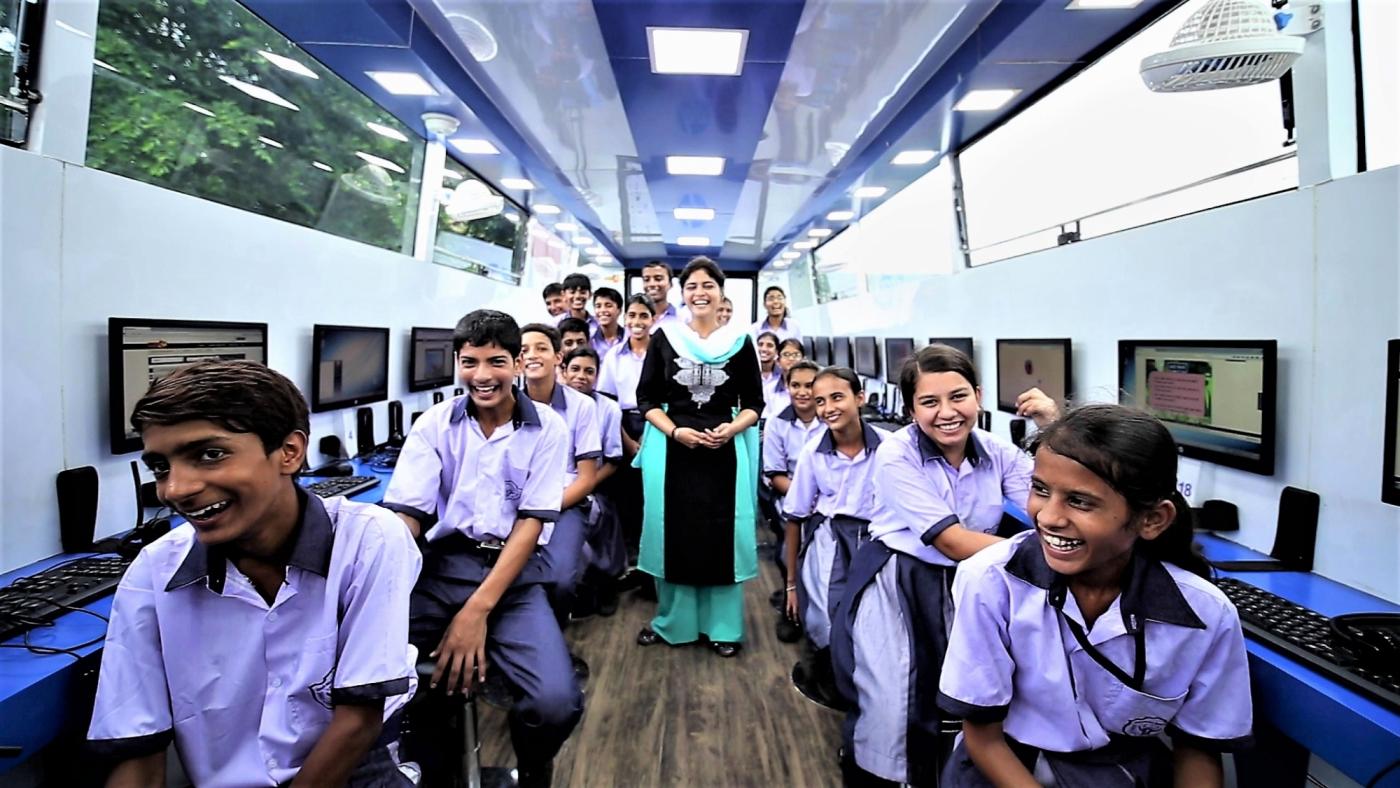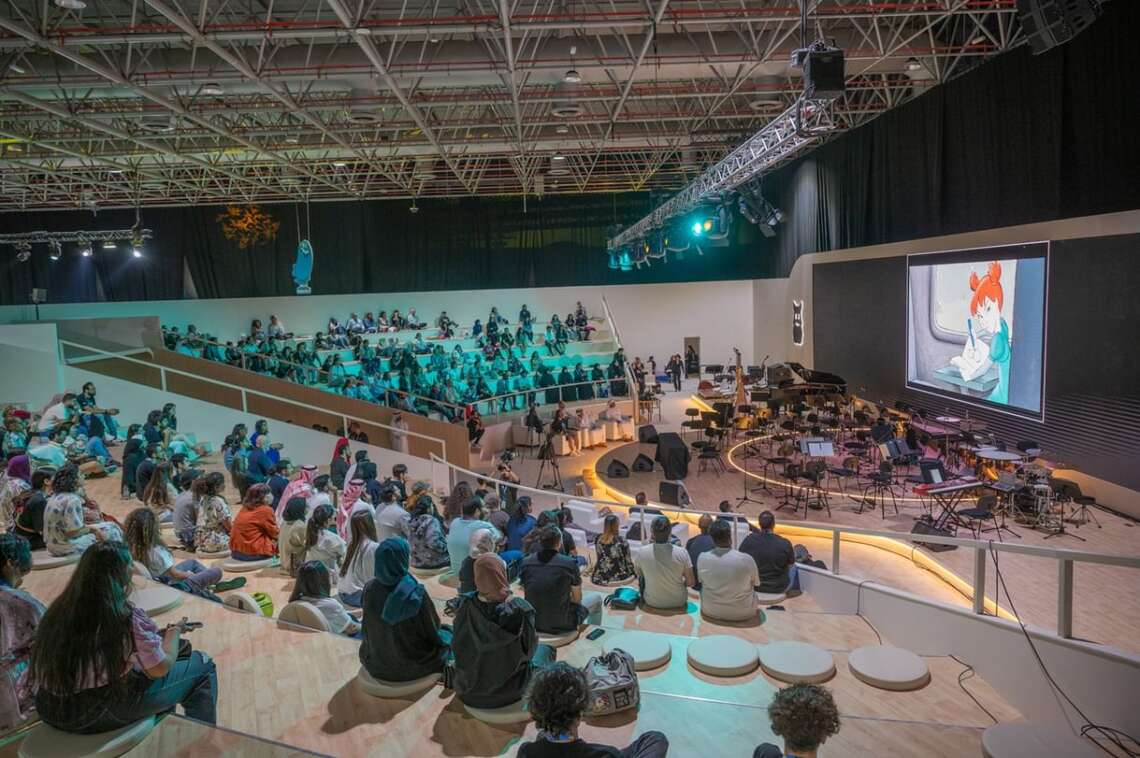PC and printing major HP Inc is witnessing tremendous growth in the Indian market across product lines and, in 2019, the education sector will be the key pillar for the company, says Sumeer Chandra, Managing Director, HP Inc India…writes Nishant Arora

For fiscal 2018, HP reported net revenue of $58.5 billion – up 12 per cent from the prior-year period. The net revenue for the fourth quarter was $15.4 billion – up 10 per cent – and the Asia-Pacific and Japan (APJ) region grew 17 per cent.
“In APJ, India grew faster than expected in fiscal 2018. HP’s India performance is in line with the global and regional growth. We strengthened our presence in the A3 printer space, introduced 3D printing and bet big on PC gaming in the country,” Chandra told IANS in a free-wheeling interview.
The Indian economy, he added, is going through interesting dynamics at the moment — especially on the exchange rate front — amid some uncertainties such as the general elections due next year.
“However, we have our strategy areas ready for next year and providing digital education to the masses will be a key growth engine. Technology, I believe, can truly transform fundamental education in India,” Chandra emphasised.
For him, education intersects what is good for business as well as for society.
“Education meets both the objectives. To empower students, we are driving new price points in our products. We recently launched an affordable mini desktop to help students learn and collaborate in schools and educational institutions across the country,” Chandra said.
Starting at Rs 19,990, the HP 260 G3 desktop is enabling schools and institutes set up or upgrade computers at their science, technology, engineering and mathematics (STEM) labs at a minimal cost.
When paired with HP Integrated Work Centre and HP EliteDisplay, teachers can read and present files effortlessly. With the wide range of input display connectors, documents can also be shared across multiple monitors.

“The idea is to help schools either refresh or create digital labs for students. We also have back-to-campus programmes where we organise discounted sales for our products so more schools can afford PCs,” the HP India executive noted.
Another key HP initiative is in the form of self-contained, Internet-enabled digital inclusion and learning labs on wheels, to take digital literacy to every nook and corner of the country.
Called “HP World on Wheels” (WoW), the buses are already driving digital literacy in rural India.
“There are 20-odd PCs in one solar-powered, Internet-enabled bus with a TV at the back, helping students augment their education, driving youth to learn New-Age digital skills and providing digital literacy to rural women,” said a beaming Chandra.
People in rural India are also using the facility for Aadhaar and to access other citizen-related services.
“We have 19 such buses that have reached over 50,000 people so far. We plan to launch another 12 buses by March and will have a total of 48 buses soon. In the next six years, we plan to reach 6,500 villages and empower close to 15 million lives,” Chandra told IANS.
Next on his agenda is to reach many more students via HP’s wide network.
“Affordability and accessibility are on top of my mind. Via HP’s widest network, 600 HP World stores and tens of thousands of retailers selling HP products, we can reach many more students,” emphasised Chandra.
The company also has “Smart Learning Hubs”, in collaboration with Microsoft, at 600 HP World stores that are engaging customers and non-customers with edutainment.
HP has organised 160 programmes covering 5,000 school-going children at these stores where they take coding lessons, learn how to make a YouTube video or create a blog, etc.
“Parents and children are excited and so are we. We will take this initiative to smaller cities as well to impart digital literacy to many more children,” said Chandra.








